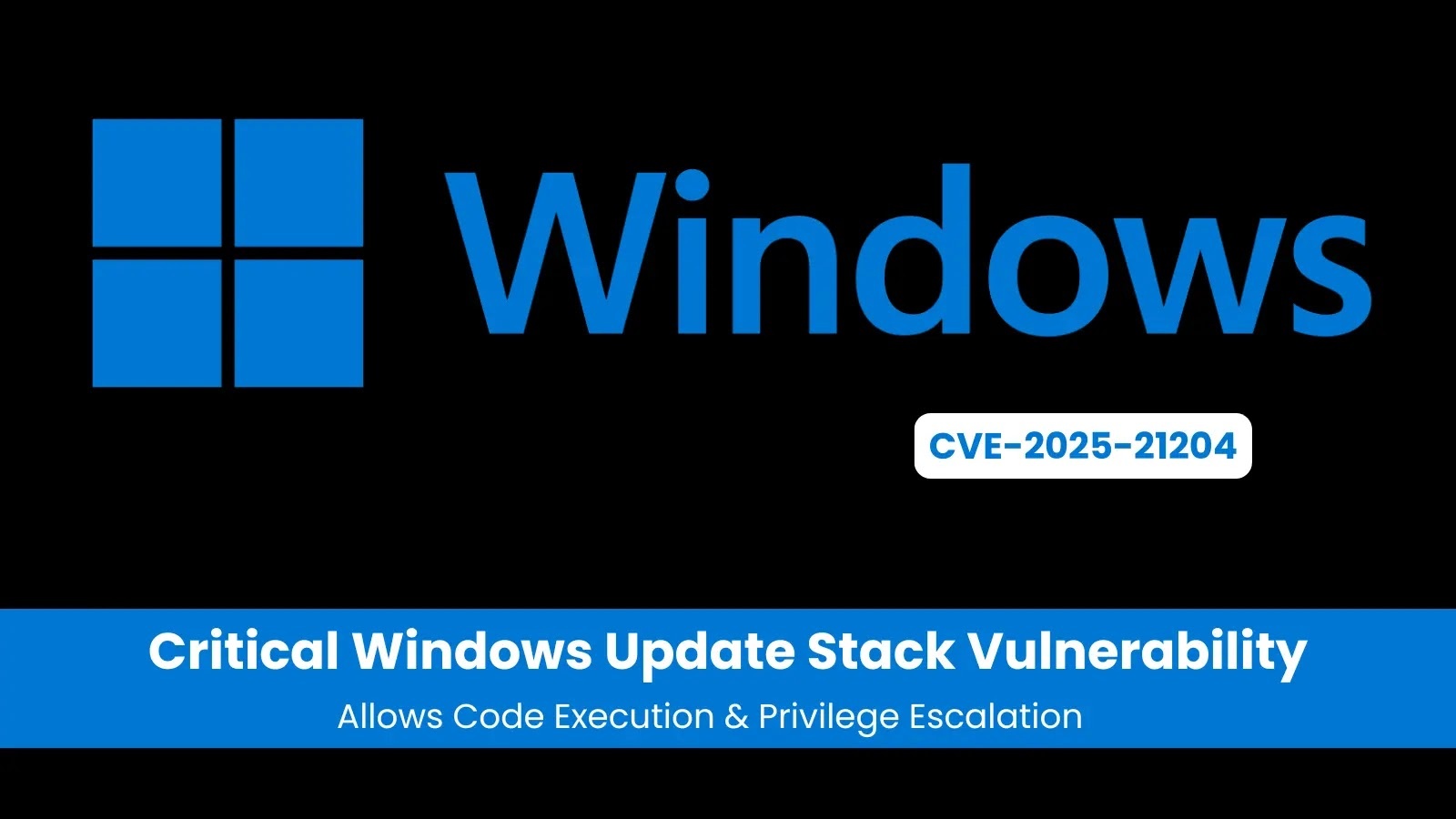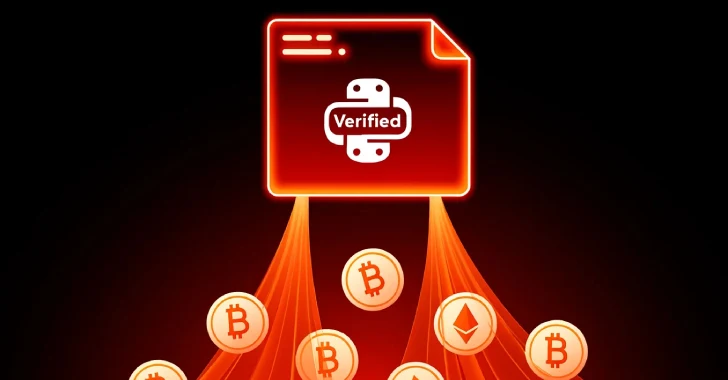A significant security flaw has been identified within the Windows Update Stack, exposing numerous Windows systems to potential unauthorized code execution and privilege escalation. Designated as CVE-2025-21204, this vulnerability allows local attackers to attain SYSTEM-level access by manipulating trusted update processes, effectively bypassing standard security controls. The issue affects a wide array of Windows 10, Windows 11, and Windows Server versions, posing a substantial threat to both enterprise and personal users.
Understanding CVE-2025-21204
CVE-2025-21204 carries a Common Vulnerability Scoring System (CVSS) score of 7.8, categorizing it as a high-severity vulnerability. It specifically targets components of the Windows Update Stack, notably the MoUsoCoreWorker.exe and UsoClient.exe processes, which operate with SYSTEM privileges. Unlike more complex exploits that require sophisticated techniques, this vulnerability represents a quiet privilege escalation by exploiting trust mechanisms rather than memory corruption.
The attack leverages a design flaw where Windows Update Stack processes improperly follow directory junctions—also known as NTFS mount points or symbolic links—and execute scripts from user-controlled paths without validating their origins or enforcing privilege boundaries. An attacker with limited user privileges can create a junction that redirects the trusted path `C:\ProgramData\Microsoft\UpdateStack\Tasks` to a location containing malicious code.
When Windows Update processes like MoUsoCoreWorker.exe run as scheduled, they follow these junctions to the attacker-controlled location and execute the malicious code with SYSTEM privileges. This exploitation technique requires no code injection or memory manipulation, making it particularly challenging to detect using traditional security tools.
Risk Factors and Impact
The vulnerability affects multiple versions of Windows, including:
– Windows 10 Version 1507 (10.0.10240.0 < 10.0.10240.20978) - Windows 10 Version 1607 (10.0.14393.0 < 10.0.14393.7970) - Windows 10 Version 1809 (10.0.17763.0 < 10.0.17763.7137) It is likely that other supported versions of Windows 10, Windows 11, and Windows Server are also impacted. The primary risks associated with this vulnerability include local privilege escalation and unauthorized code execution. To exploit this vulnerability, an attacker must have local access and limited user privileges on the target system; notably, no user interaction is required for the exploit to succeed. Mitigation Strategies In response to this vulnerability, Microsoft released the April 2025 cumulative update (KB5055523), which addresses the issue through an unconventional mitigation strategy. This approach involves creating a new folder at the root of system drives: `C:\inetpub`. Although typically associated with Internet Information Services (IIS), the presence of this folder is intentional, even on systems without IIS installed. It serves as part of Microsoft's security enhancement to pre-create certain directories and harden the update process against symbolic link attacks. Security analysts have developed detection rules to identify potential exploitation attempts, focusing on suspicious junction creations targeting the Windows Update Stack paths and monitoring for unusual file operations involving the `Microsoft\UpdateStack` directory. Organizations are advised to implement the following mitigations: - Apply the April 2025 security updates immediately. - Restrict Access Control Lists (ACLs) on `C:\ProgramData\Microsoft\UpdateStack`. - Prevent symbolic link creation using AppLocker or Windows Defender Application Control. Conclusion The discovery of CVE-2025-21204 underscores the critical importance of maintaining up-to-date systems and implementing robust security measures. By understanding the nature of this vulnerability and applying the recommended mitigations, organizations and individual users can significantly reduce the risk of unauthorized code execution and privilege escalation on their Windows systems.



